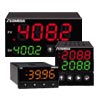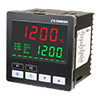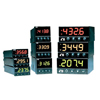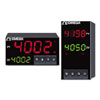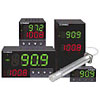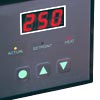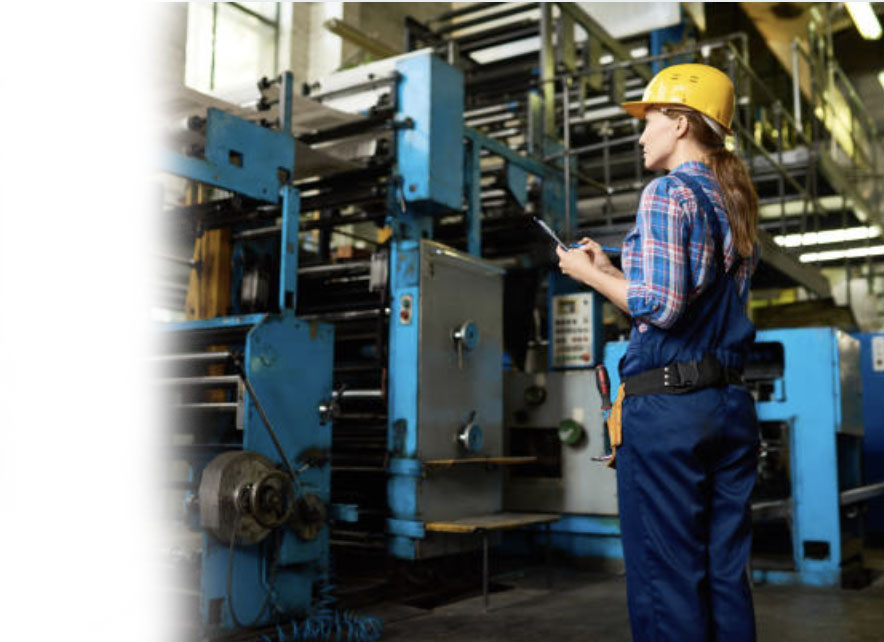 In the age of Industry 4.0 and the Industrial Internet of Things, plant maintenance has the potential to become less expensive and disruptive, and more insightful. To achieve these benefits, however, may require a change in how you maintain your plant’s equipment.
In the age of Industry 4.0 and the Industrial Internet of Things, plant maintenance has the potential to become less expensive and disruptive, and more insightful. To achieve these benefits, however, may require a change in how you maintain your plant’s equipment.
There are four main ways you may currently be managing your plant’s equipment:
To help you determine how predictive maintenance can offer greater benefits and transform your plant’s operational costs, let’s start with an example that lets you weigh the costs and benefits of each maintenance approach. Ultimately, as you’ll see, it will be a combination of proactive, preventative, and predictive maintenance that will help you achieve the best results. - Reactive maintenance – replacing parts only when machinery or equipment breaks.
- Proactive maintenance – identifying and addressing problems that lead to breakdowns.
- Preventive maintenance – maintaining equipment in good operating order to prevent breakdowns.
- Predictive maintenance – using inputs from connected machines and devices, remote monitoring, predictive analytics, and automated maintenance orders to predict when maintenance is necessary based. Predictive maintenance can also be done manually by periodically checking equipment with handheld vibration or audio sensors.
The Costs and Benefits of Reactive, Proactive, and Preventative Maintenance
Assume that somewhere in your plant right now, a bearing is going bad. How will your maintenance organization deal with it?
If your plant is like many, the first sign of an impending failure is a change in how the machine sounds, which an operator will often notice. Or assuming it’s a bushing that’s failing, the operator might see metal shavings. But if these signs go unnoticed, you may face catastrophe, as the part vibrates, heats up, or breaks. The typical response is reactive maintenance—where you call in a technician to restore equipment to its normal operating condition. Although costs are low until machine failure, the end result is that you incur a much greater expense for unexpected downtime. All the while, your backlog of orders is piling up. And, you may wait a long time for spare parts, unless you’ve stockpiled just the right ones.
With sufficient data, you may also be able to employ proactive maintenance to identify and address the problems that lead to breakdowns. For the bearing, the issues could be inappropriate lubrication, poorly aligned parts, or unfavorable environmental conditions. You’ll need to equip your plant with sensors or employ handheld products to locate areas where you might place sensors to supply data for a predictive or preventive plan. If you have the data to address root causes of parts failures, proactive maintenance can help prevent equipment failures and resulting downtime, disruption, and cost.
To move past the antiquated method of running equipment to failure, you may try to maximize uptime with preventive maintenance. You schedule maintenance based on time estimates for components from historical records or OEM recommendations. Although preventive maintenance is a step up from reactive maintenance, it also has some drawbacks. You may end up servicing and replacing good parts, while increasing downtime and disrupting operations to check equipment that’s running just fine. That’s where predictive maintenance can help.
If your plant is like many, the first sign of an impending failure is a change in how the machine sounds, which an operator will often notice. Or assuming it’s a bushing that’s failing, the operator might see metal shavings. But if these signs go unnoticed, you may face catastrophe, as the part vibrates, heats up, or breaks. The typical response is reactive maintenance—where you call in a technician to restore equipment to its normal operating condition. Although costs are low until machine failure, the end result is that you incur a much greater expense for unexpected downtime. All the while, your backlog of orders is piling up. And, you may wait a long time for spare parts, unless you’ve stockpiled just the right ones.
With sufficient data, you may also be able to employ proactive maintenance to identify and address the problems that lead to breakdowns. For the bearing, the issues could be inappropriate lubrication, poorly aligned parts, or unfavorable environmental conditions. You’ll need to equip your plant with sensors or employ handheld products to locate areas where you might place sensors to supply data for a predictive or preventive plan. If you have the data to address root causes of parts failures, proactive maintenance can help prevent equipment failures and resulting downtime, disruption, and cost.
To move past the antiquated method of running equipment to failure, you may try to maximize uptime with preventive maintenance. You schedule maintenance based on time estimates for components from historical records or OEM recommendations. Although preventive maintenance is a step up from reactive maintenance, it also has some drawbacks. You may end up servicing and replacing good parts, while increasing downtime and disrupting operations to check equipment that’s running just fine. That’s where predictive maintenance can help.
The Value of Predictive Maintenance
With predictive maintenance, sensors can gather relevant, real-time data on the condition of the bearing. This information is then stored in a secure, cloud-based network that you can access at any time. Data from the sensor can be used to predict when you should perform proactive maintenance or preventative maintenance.
To minimize disruption, most predictive maintenance can be performed while equipment is operating. Machine-to-human communication and data analytics give you insight into performance levels without manual routine check-ups.
In recent years, costs have decreased on technologies such as sensors, computing power, data storage, and bandwidth, allowing even smaller organizations to get started with predictive maintenance. Still, outfitting your plant requires an initial investment that can be intimidating. But, there’s good news. Although entry level costs may be high, you can expect to see a 10X return on investment in predictive maintenance within the first two years and a reduction in maintenance costs of 25 to 30 percent according to the U.S. Department of Energy. A study by the Enterprise Strategy Group found that unplanned downtime for the average manufacturing plant can cost $30,000 to $50,000 per hour.
Still have more questions? Contact Omega to help you select the right sensors and set up and configure a predictive maintenance solution for your plant.
To minimize disruption, most predictive maintenance can be performed while equipment is operating. Machine-to-human communication and data analytics give you insight into performance levels without manual routine check-ups.
In recent years, costs have decreased on technologies such as sensors, computing power, data storage, and bandwidth, allowing even smaller organizations to get started with predictive maintenance. Still, outfitting your plant requires an initial investment that can be intimidating. But, there’s good news. Although entry level costs may be high, you can expect to see a 10X return on investment in predictive maintenance within the first two years and a reduction in maintenance costs of 25 to 30 percent according to the U.S. Department of Energy. A study by the Enterprise Strategy Group found that unplanned downtime for the average manufacturing plant can cost $30,000 to $50,000 per hour.
Getting Started
To help you kick off a predictive maintenance plan for your plant, below are three things you can do:
- Use the Omega Savings Calculator to determine your ROI from implementing a predictive maintenance plan.
- Take a look at the sensors, which are all designed to easily and affordably kick off predictive maintenance at your plant.
- Watch the Omega Enterprise Gateway video to learn how it can help you gain optimal control and insight into operational conditions in your plant.
Still have more questions? Contact Omega to help you select the right sensors and set up and configure a predictive maintenance solution for your plant.



